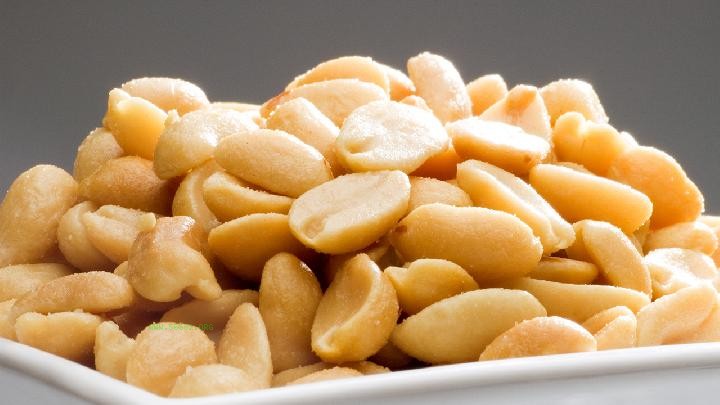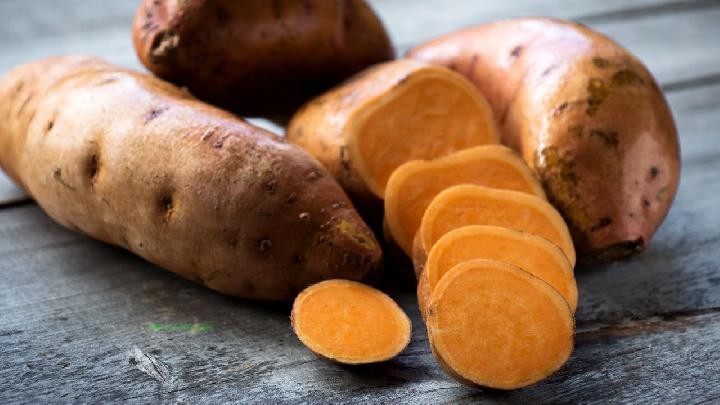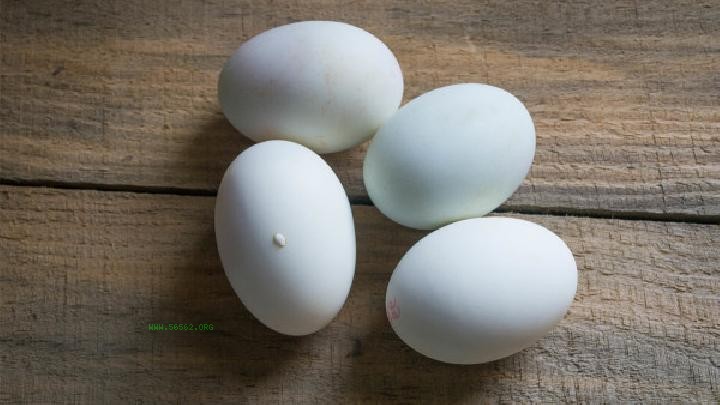Stomach disease is a common illness, and many friends are troubled by it. So how should we nourish our stomach in summer?
Five Principles for Nourishing the Stomach in Summer
Warm Care: As the weather gets hot, friends always want to stay in air-conditioned rooms at all times. However, people with chronic gastritis should pay special attention to keeping the stomach warm, add clothes in a timely manner, and cover up with bedding when sleeping at night to prevent stomach pain or worsening old illnesses caused by catching a cold in the abdomen.
Dietary regulation: Patients with stomach diseases should have a diet that is warm, soft, light, vegetarian, and fresh. They should eat regularly and in moderation, with frequent meals to neutralize food and stomach acid in the stomach, thereby preventing erosion of the gastric mucosa and ulcer surface and worsening the condition.
Taboos and maintenance: Patients with stomach diseases should pay attention to avoiding their mouth, avoid eating food that is too cold, too hot, too hard, too spicy, or too sticky, and especially avoid overeating and drinking. They should quit smoking and alcohol. In addition, attention should be paid to the method of taking medication, preferably after meals, to prevent irritation of the gastric mucosa and worsening of the condition.
Calm down and recuperate: The occurrence and development of stomach diseases are closely related to people's emotions and mentality. Therefore, it is important to pay attention to mental hygiene, maintain mental happiness and emotional stability, and avoid negative emotional stimuli such as tension, anxiety, and anger. At the same time, pay attention to balancing work and rest to prevent excessive fatigue from affecting the recovery of stomach diseases.
Exercise and Health: gastrointestinal patients should combine their own physical signs, strengthen moderate exercise, improve the body's disease resistance, reduce disease recurrence, and promote physical and mental health. How to eat to nourish the stomach? Firstly, it is important to eat small meals frequently. Not only do people who are trying to lose weight need to eat less and eat more, but they also need to nourish their stomach. Except for patients with excessive stomach acid and gastric ulcers, normal people should eat three meals a day until they are 70-80% full. If they feel hungry in the middle, they can eat less fruits or nuts to compensate for calories and nutrients.
Second, drink more Congee.
When it comes to stomach nourishing, many people will choose to drink more Congee. Congee is warm, soft, light and sticky, which not only warms the stomach, but also facilitates digestion and absorption. After Congee is cooked, the sticky substance floating on it is called "rice oil" in Chinese medicine, which has a strong nourishing effect. But in order to have a balanced diet, it is better to add some meat to Congee, such as fish Congee and lean meat Congee. Furthermore, it is important to occasionally consume some vegetarian food. Eating too much fish and meat on a regular basis not only makes you feel greasy, but also makes it difficult for your digestive system to handle. Occasionally, taking some vegetarian food can clear your digestive system and give it a rest. However, it should be noted that long-term vegetarianism can easily lead to nutritional imbalance. The repair and renewal of the gastric mucosa require high-quality protein, so it is still advisable to eat some animal lean meat, fish, egg, milk, and soy products appropriately.
Five Foods for Nourishing the Stomach in Summer 1. Sweet potatoes can nourish the stomach and reduce food accumulation. Sweet potatoes themselves nourish the stomach, and the dietary fiber they are rich in can digest and increase appetite. But sweet potatoes can promote the secretion of stomach acid, so people who often feel acid reflux and heartburn due to excessive stomach acid should not eat them. It is a good choice to eat sweet potato Congee and steamed sweet potato at ordinary times. It is best not to eat roasted sweet potatoes from roadside stalls, as they are prone to sticking and hygiene conditions cannot be guaranteed.
1. Sweet potatoes can nourish the stomach and reduce food accumulation. Sweet potatoes themselves nourish the stomach, and the dietary fiber they are rich in can digest and increase appetite. But sweet potatoes can promote the secretion of stomach acid, so people who often feel acid reflux and heartburn due to excessive stomach acid should not eat them. It is a good choice to eat sweet potato Congee and steamed sweet potato at ordinary times. It is best not to eat roasted sweet potatoes from roadside stalls, as they are prone to sticking and hygiene conditions cannot be guaranteed.
2. Spinach benefits the gastrointestinal tract and aids in peristalsis. Sweet in taste and cool in nature, it can moisturize and nourish the liver, benefit the gastrointestinal tract, and relieve constipation.
"Dietary Therapy Materia Medica" states: "It benefits the five organs, promotes digestion, and detoxifies alcohol." Spinach can promote secretion in the stomach and pancreas, increase appetite, and aid digestion; Rich fiber can also help with intestinal peristalsis and facilitate bowel movements. However, spinach has a high content of oxalic acid, which hinders calcium absorption. It should be avoided from being eaten with high calcium foods such as tofu and seaweed, or lightly blanched before cooking to remove oxalic acid.
3. Cabbage keeps stomach cells active and vigorous. Cabbage is one of the best vegetables recommended by the World Health Organization and is also known as a natural "stomach vegetable". The vitamin K1 and vitamin U contained in it can not only resist gastric ulcers, protect and repair gastric mucosal tissue, but also maintain the activity and vitality of gastric cells, reducing the risk of disease.
4. Cabbage protects the gastric mucosa. Cabbage is known as a natural "stomach vegetable", which can produce fluids, quench thirst, aid digestion, promote gastric juice secretion, and protect the gastric mucosa. People with poor stomachs, especially those with stomach ulcers and duodenal ulcers, can juice cabbage and drink it once a day. They can also add a small amount of honey for consumption, which is very helpful in promoting ulcer healing. Pumpkin is soft and easy to absorb. Many people love to eat pumpkin, especially the elderly and children who love it. It looks yellow and orange, and tastes soft and sticky. Pumpkin has excellent stomach nourishing effects. Its rich carbohydrates and pectin can protect the stomach from irritation. The dietary fiber it contains is very soft and easy to absorb. Pumpkin Congee, fried pumpkin and steamed pumpkin are common stomach nourishing food on many family tables. People with high blood sugar can choose to eat steamed pumpkin, and eating one piece per meal is just right.





Comments (0)
Leave a Comment
No comments yet
Be the first to share your thoughts!